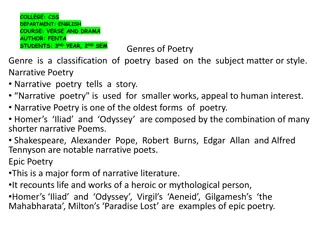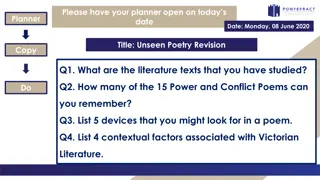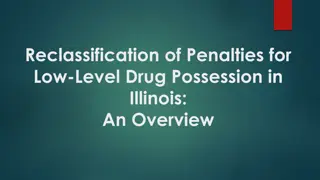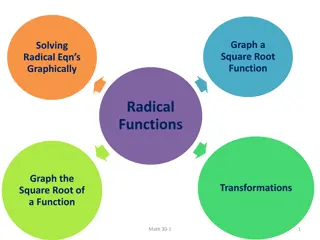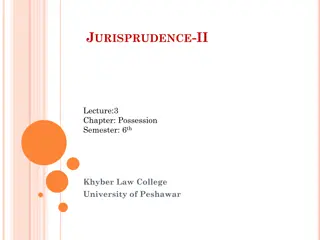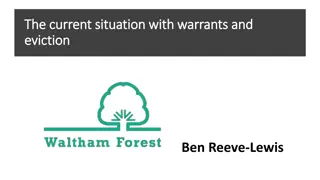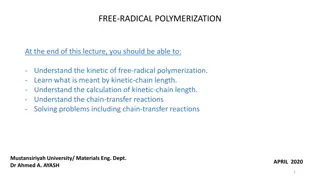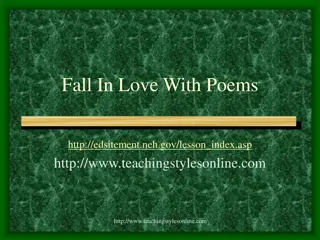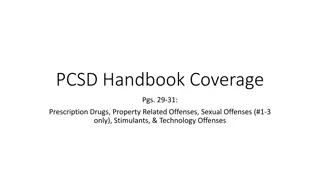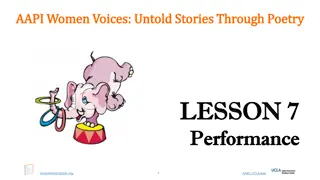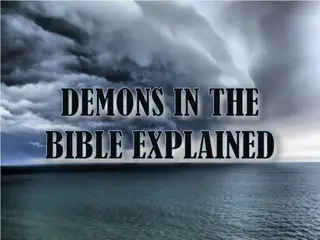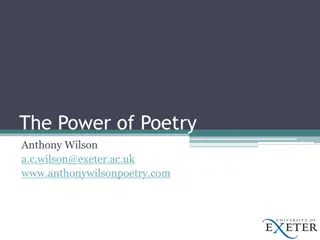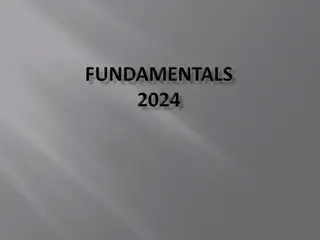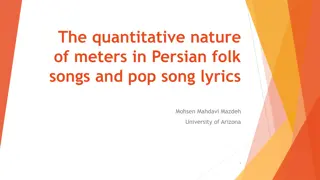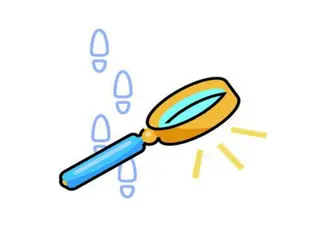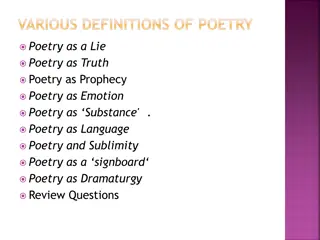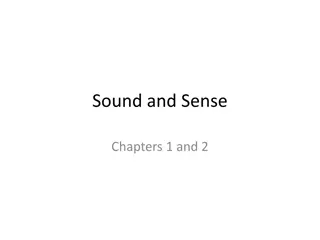Exploring Found Poetry: Collaborative Transformation and Radical Possession
Uncover the world of found poetry through radical collaboration and possession, where existing texts are transformed into new artistic expressions. Delve into various approaches such as erasure, cut-ups, and visual poems, and explore the concept that the idea itself can be a work of art. Constraints like using sounds or numbers add unique dimensions to the creative process. Discover the non-consensual nature of found poetry and the profound impact of collaborating with texts beyond our own voices, as we navigate through imperfections towards meaning and contentment.
Uploaded on Sep 21, 2024 | 0 Views
Download Presentation

Please find below an Image/Link to download the presentation.
The content on the website is provided AS IS for your information and personal use only. It may not be sold, licensed, or shared on other websites without obtaining consent from the author. Download presentation by click this link. If you encounter any issues during the download, it is possible that the publisher has removed the file from their server.
E N D
Presentation Transcript
CREATING FOUND STORIES Radical collaboration, possession and transformation in found poetry
Consider how to interact with the language and texts of the library to create new texts
FOUND POETRY Can be included under the umbrella of conceptual, experimental or visual poetry (depending on the approach and intent) History in Dada, Modernist, Post-modernist, Oulipo, Chance and Concrete poetry Takes existing texts and recasts them as poems Treated or untreated Literary or non-literary texts
EXAMPLES OF APPROACHES Erasure or redaction Cut-ups Visual poems Retyping and reformatting Sampling or remixing Reassembling the language Doing nothing at all to the language
A CONCEPT CAN BE ART The idea becomes a machine that makes the art The idea itself, even if not made visual is as much a work of art as any finished product Some ideas are logical in conception and illogical perceptually. Sol Lewitt
CONSTRAINTS Use sounds (e.g. words starting with particular letters/sounds/phonemes) Use numbers (e.g. of letters in words, every tenth word, page numbers etc.) Use multiple texts to see how they connect Automate the process (e.g. search engine optimiser) Keep the order of the original text Write backwards Turn the text into a particular form (e.g. a sonnet)
THE NATURE OF FOUND POETRY These are non-consensual texts We are taking possession of them and collaborating with them in a radical way What does that mean when we create? What does the text want to say?
COLLABORATING WITH TEXTS [T]he voices I engage with that are not my own . are sometimes active, sometimes loud or silent; they are disagreeable and force me to listen, and sometimes they rest. These are the voices that keep me alert, that stop me in my tracks, that guide me through my imperfections toward some kind of peace and contentment in how I represent stories and ideas. Natalie Harkin
Grows and makes proved herself a secret woman proof that lies to men of men seeking-king-king the lord of lying voted those boys out a na ve vice-bender invading a word marketers solutions, potential pay when we win you frock up (losing zero) screw-modifier-screw-modifier flight of the muses most visible undeveloped machine, relatively high newspaper ethics, a message a dog to intercept our goose the opinions crisis (good self, bad self) the power decentering
YOUR TURN In groups, use the provided texts to create your own found poem!



